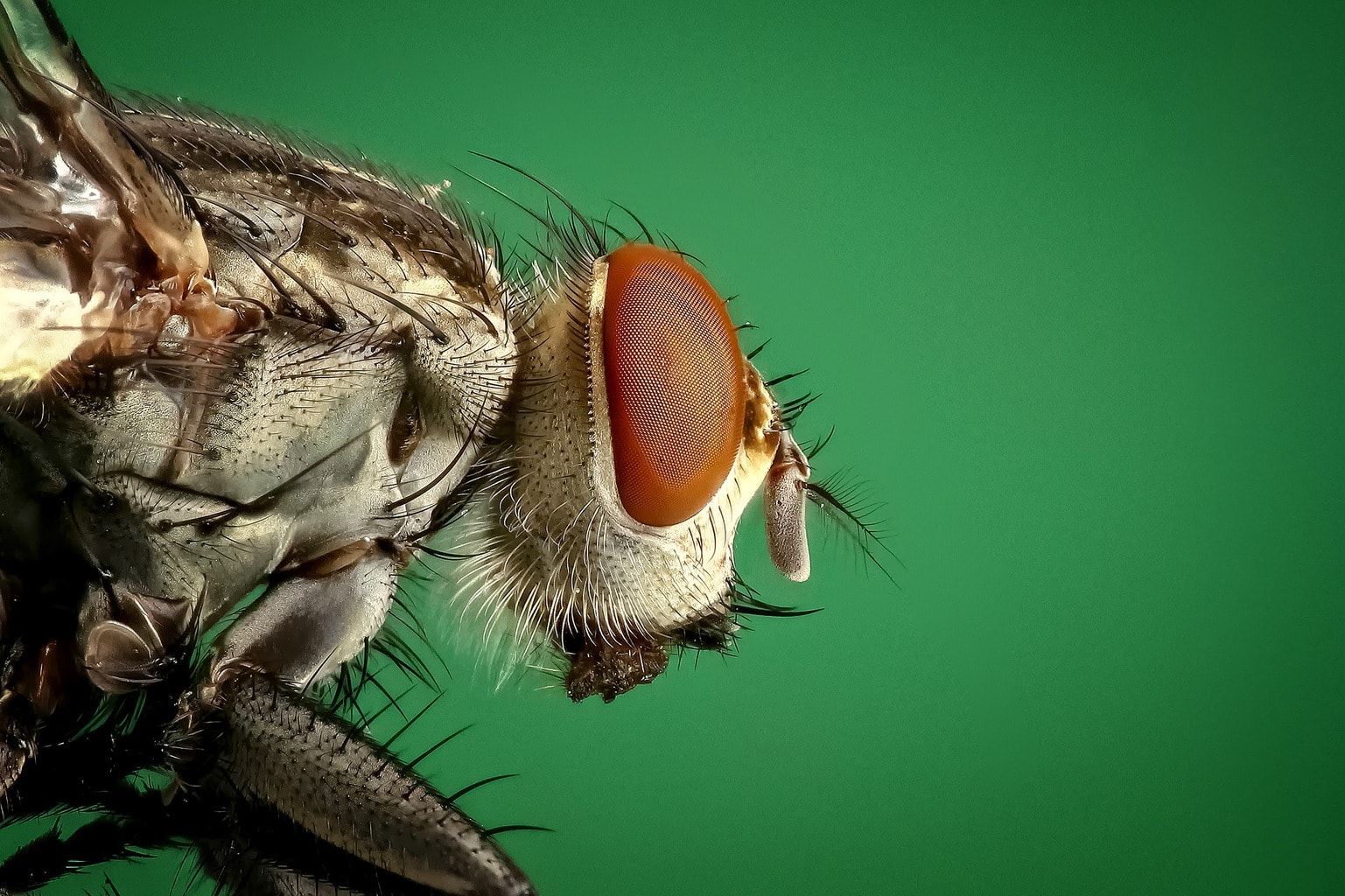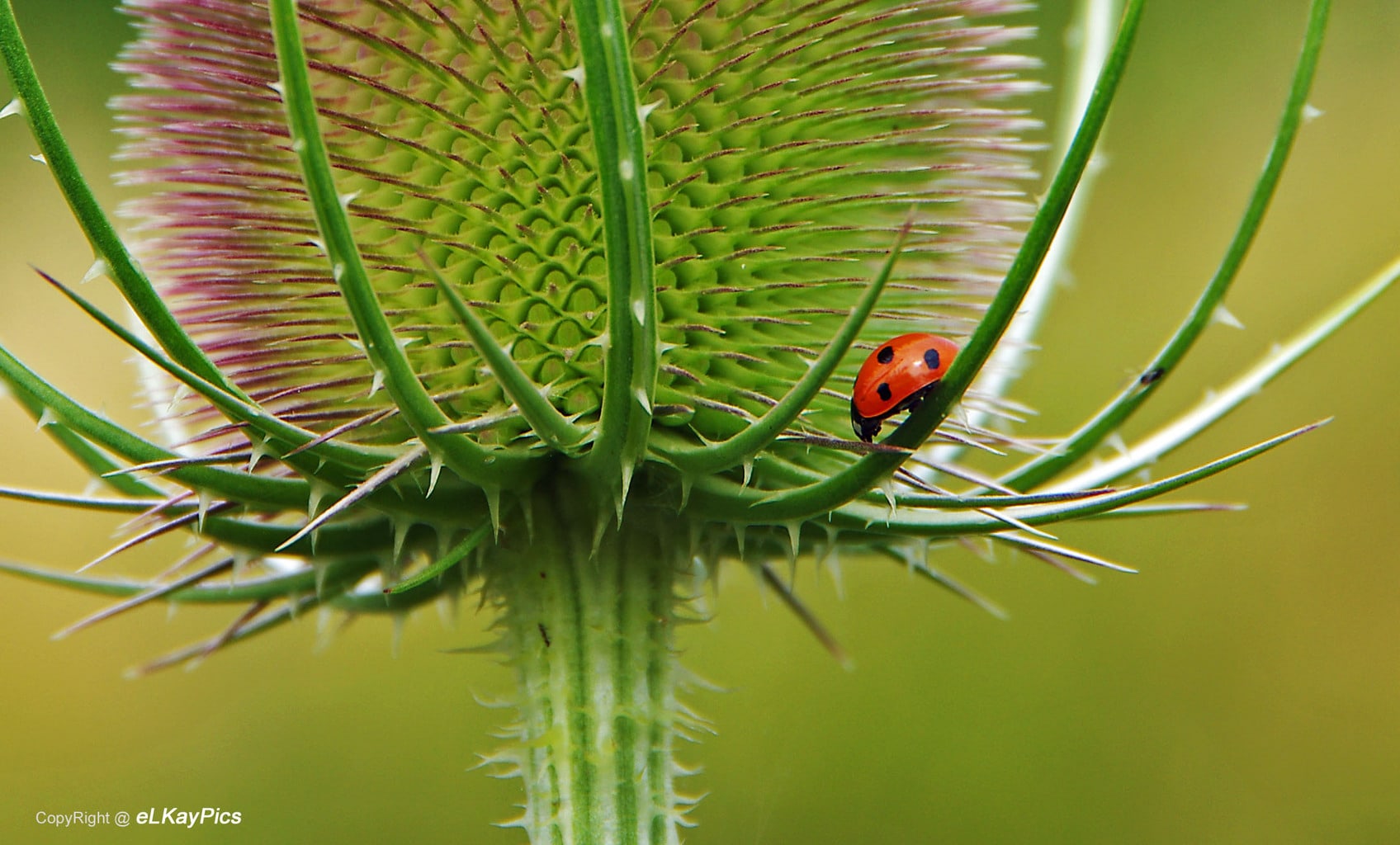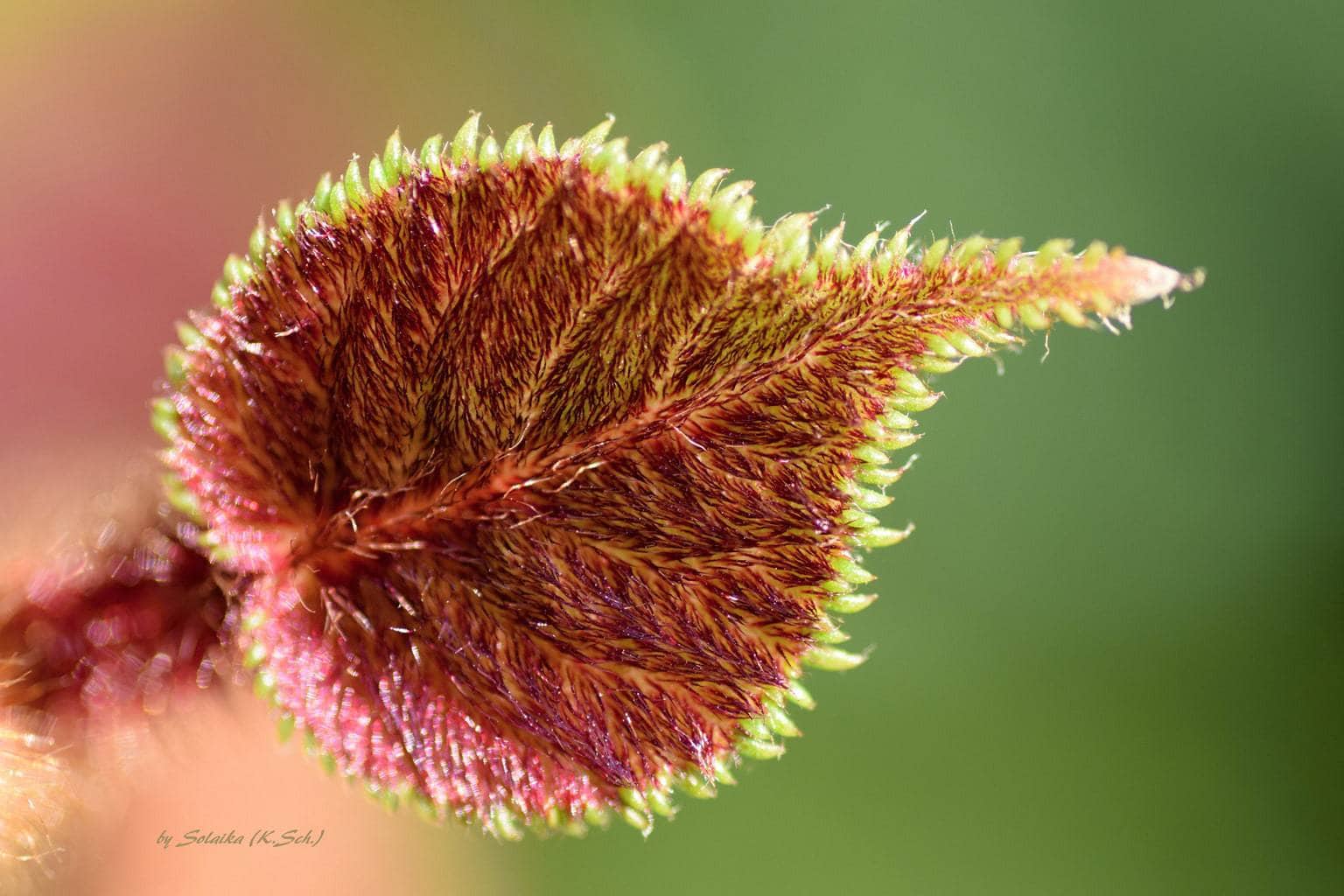A few days ago Mario launched a survey on what topics you missed on the blog, well, among many others, two were very recurring in your requests: lighting and macro. You are a very important part of the blog and we are all ears to your requests (hence the survey, of course). This is the first item to come out of the oven at your request. And this time twice, I'm going to talk about both: lighting and macro . Throwing the house out the window! ? But if you want to delve deeper into photography lighting in general, you can't miss this mega guide with tips and tricks.
The macro is usually a great unknown for the beginner photographer. Or something like a subject that attracts you but you see it as unattainable at the moment. This happens because macro lenses are generally prohibitively expensive and because the fantastic and extremely cheap alternative is not known: reversing rings and extension tubes .
THE IMPORTANCE OF GOOD LIGHTING IN MACRO PHOTOGRAPHY
Why combine these two themes? Well, because lighting in photography is always important, you know, I'm very heavy... What I don't know if you know is that in macro, controlling the lighting well becomes even more necessary. A macro must be well lit, yes or yes. In another type of image, if it is somewhat underexposed or overexposed, it may pass if there are other elements that gain more strength or if this excess or lack of light has become a creative element of the image.
In macro this does not happen, for the simple reason that this type of photography is based on small details that can only be appreciated under adequate lighting. You will understand after reading this that lighting a macro photograph well becomes essential.
But in addition, light is vitally important for other reasons:
- If you use some of the cheap alternatives to macro lenses, the light input will be visibly affected. In other words, you will need more light than would be necessary under normal conditions. The more distance you put between the subject and the sensor, the less light will enter and the more you will have to compensate for this lack.
- With macro lenses, the depth of field is quite shallow, so in order to expand it if you want, you have to close the diaphragm a lot, with the consequent reduction of light entry.
- If you photograph insects, something very recurrent in macro, as they have the "vice" of moving ;), you have to shoot with fast speeds. Another light reduction.
Well, you see these reasons enough to pay special attention to lighting, right? Well let's get to it.
STUDIO OR INDOOR LIGHTING
Studio lighting is not the same as if you go out to photograph bugs and plants in the field. Just like taking a portrait in a studio is not the same as taking it on the street. Obvious. I'm going to start telling you about the study options, because some will be useful for outdoors ?

Of course I'm going to omit your camera's built-in flash, as it will give you more problems than it solves, especially if you use extension tubes or the like. Of course, if you have no other option, you can resort to an invention similar to this. Yes, you have seen correctly, it is a bottle of Pringles potatoes, those so addictive that they must be really harmful to health, but what it is to illuminate macros are a great alternative, and most economical! In the link, the author explains how to do it (in English) and on YouTube there are usually some tutorials like this one that explains how to make a macro diffuser with the Pringles bottle.
Ring flash. The ring flash is a ring designed to be placed around the lens. It is the one that is most associated with macro photography and the ideal when you want to avoid any type of shadow. The thing is, removing the shadows completely will also leave the image somewhat flat. In this case you have to decide what you are looking for or what you need. Hereyou have a cheap one, make sure that the one you are looking for is compatible with your camera. You have more options here. Warning, this flash will be useful for macro, or for very close objects, but don't expect it to get you out of trouble at a greater distance ?
external flash. This is surely the most versatile option you can find. You have them of different power and you can use them on multiple occasions in addition to the macro. Of course, not all are advantages, it has a main drawback , its frontal position. But, I have good news (or two).
You can bounce it off another surface: off a white wall, a reflector , or even the ceiling. You should know that in this way you will lose power, although if you are looking for a diffuse light this is your method ? And you have them at a very cheap price.
You also have the possibility to use an extension cableso you can direct the light where it suits you best.
Twin flash or twin flash. We are already moving away from the economic recommendations.
This flash goes up in price quite a bit, although its reasons have to cost more. If it is to start, it is not the best option, but if you are already in the depths of macro photography and instead of coming out you need to dive deeper and deeper, it may be your option, since it is the best for macro photography. It has two heads joined by a clamping ring attached to the objective that you are going to use. Due to the proximity to the subject, the light quality is great and, in addition, this proximity makes the source appear large in relation to the object or being photographed, thus achieving a soft light . The main difference with the ring flash is that you can point the heads in the desired direction.
Long exposition. (Not suitable for bugs, other living beings or any object that moves ? ). I think it's obvious why it's useless for it to move, but I'll make it clear just in case. Long exposure is having the shutter open longer in order to let in more light. If during that time your protagonist moves, bye-bye photo. That is why I also strongly recommend the use of a tripod.
OUTDOOR LIGHTING
If you go out into the field in search of small living beings, be they bugs or plants, you will have a great ally: natural light. But of course, this is not always perfect and you have to know some tricks to make the most of it.

What time is the best?
If what you are looking for is that the bugs are calm, that the plants have the morning dew or a backlight that highlights a few hairs or highlights all the beauty of the wings of a butterfly, it is better to opt for the first and last hours of the day. These are the hours that are most often recommended in photography in general. Drawbacks? That you may lack light. In that case you would have to use one of the options in the previous section or reflectors .
Likewise, a cloudy day, so advisable for other types of photographs, can give you problems here. Most likely you need extra lighting. Remember, it's macro, you can't miss the details or it will lose most of its appeal.
What about the midday light? Well, although it is very harsh for other types of photography, here this effect is not produced as much, the subject is much smaller so the light is not so punctual. That's why noon is not such a bad time for macro photography. And if you have excess light, you can always use a diffuser or reflector to fill in the shadows. You don't need a big one, remember that we are talking about small motifs, a tissue paper, a cardboard or a tetra brik can serve you perfectly.
Artificial light
Artificial light outdoors will not only help you make up for the lack of natural light, but it can also help you fill in shadows or enhance textures. You can combine natural light with artificial light, even several combined light sources as best suits you to highlight your subject and all the tiny details that compose it.
YOUR LIGHT
Finally, I appeal to your inner light, the one that motivates you to create, photograph and get excited about this art. Without it no other light will suffice.
And remember, if you don't practice, what you read will be of no use to you. The best thing about macro is that you can practice it without leaving home. You're out of excuses, so go for the camera right now!
Of course, before I am going to ask you a small favor, if you have found this reading useful, share it on your favorite social network, Facebook, Twitter or Google +. Thanks a million and until our next photo date!


